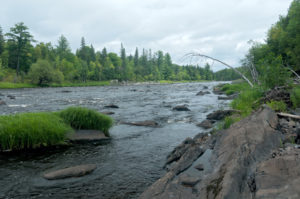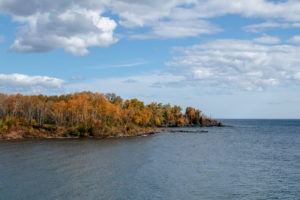Support Climate-Adapted Species in City Forest
As the climate changes, ecosystems change with it. Temperature changes and moisture level changes can result in plant habitat changing dramatically. In the coming years Minnesota could lose its boreal forest, as well as many native tree species, as its climate becomes warmer.
Along with trying to stop the effects of climate change to slow this ecosystem change, many cities are planting trees that could flourish under the climate that is expected to come, or bringing in trees or seeds from the southern part of a native species’ range. This could include, for example, bringing in paper birch seeds from the southern end of its range for planting northern Minnesota.
Dibaginjigaadeg Anishinaabe Ezhitwaad: A Tribal Climate Adaptation Menu offers many other approaches to responding to a changing climate. Mature trees from ecosystems that are changing can be observed as they survive disease and droughts, even if their seedlings will no longer survive in a new climate. Creating greater genetic diversity can help a new population of plant beings survive. As well, using seeds from a larger geographical area and working with people who have traditionally lived with those species to understand them, can help ease a transition.
Did you take this action? Report it!
Help us show our collective community impact by reporting that you took this action.




